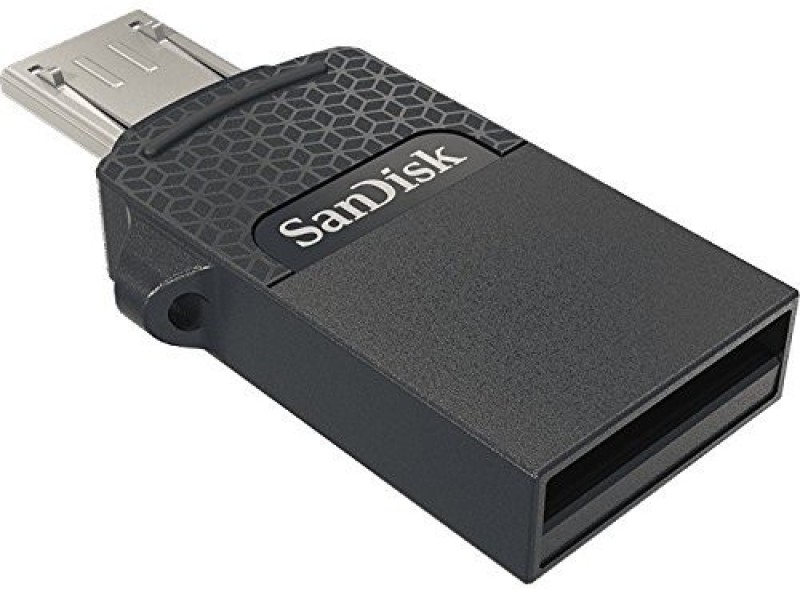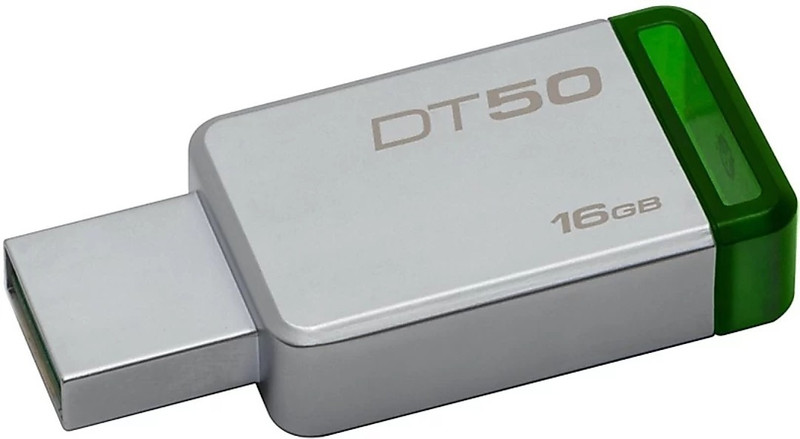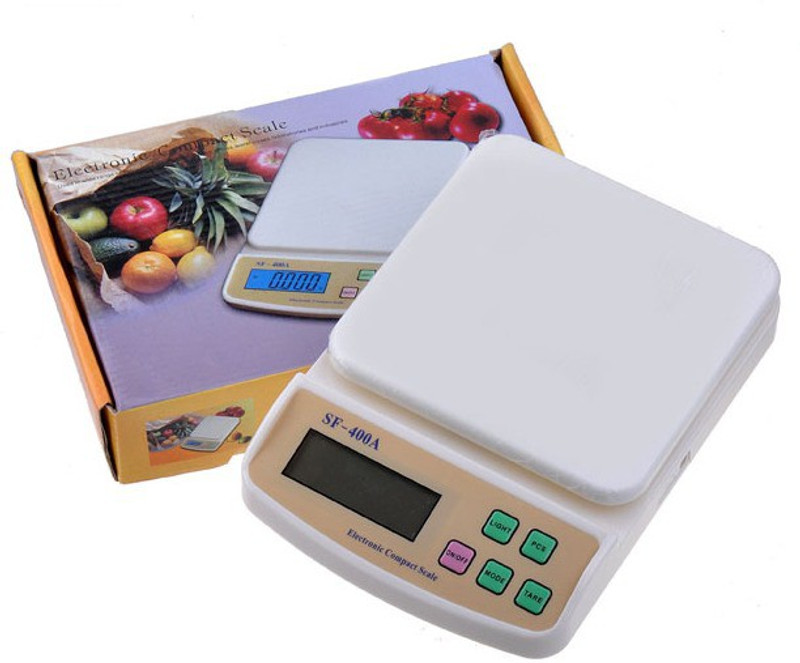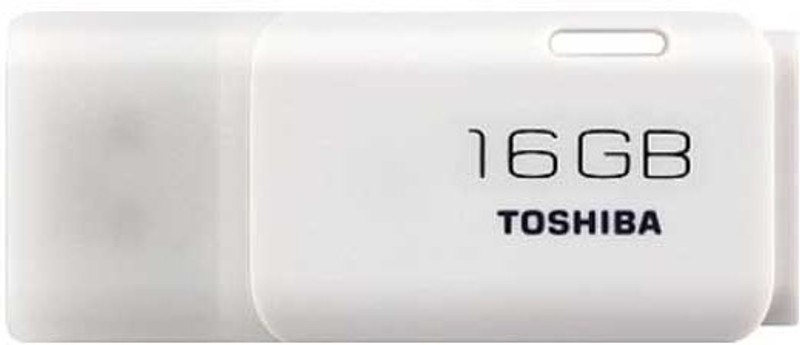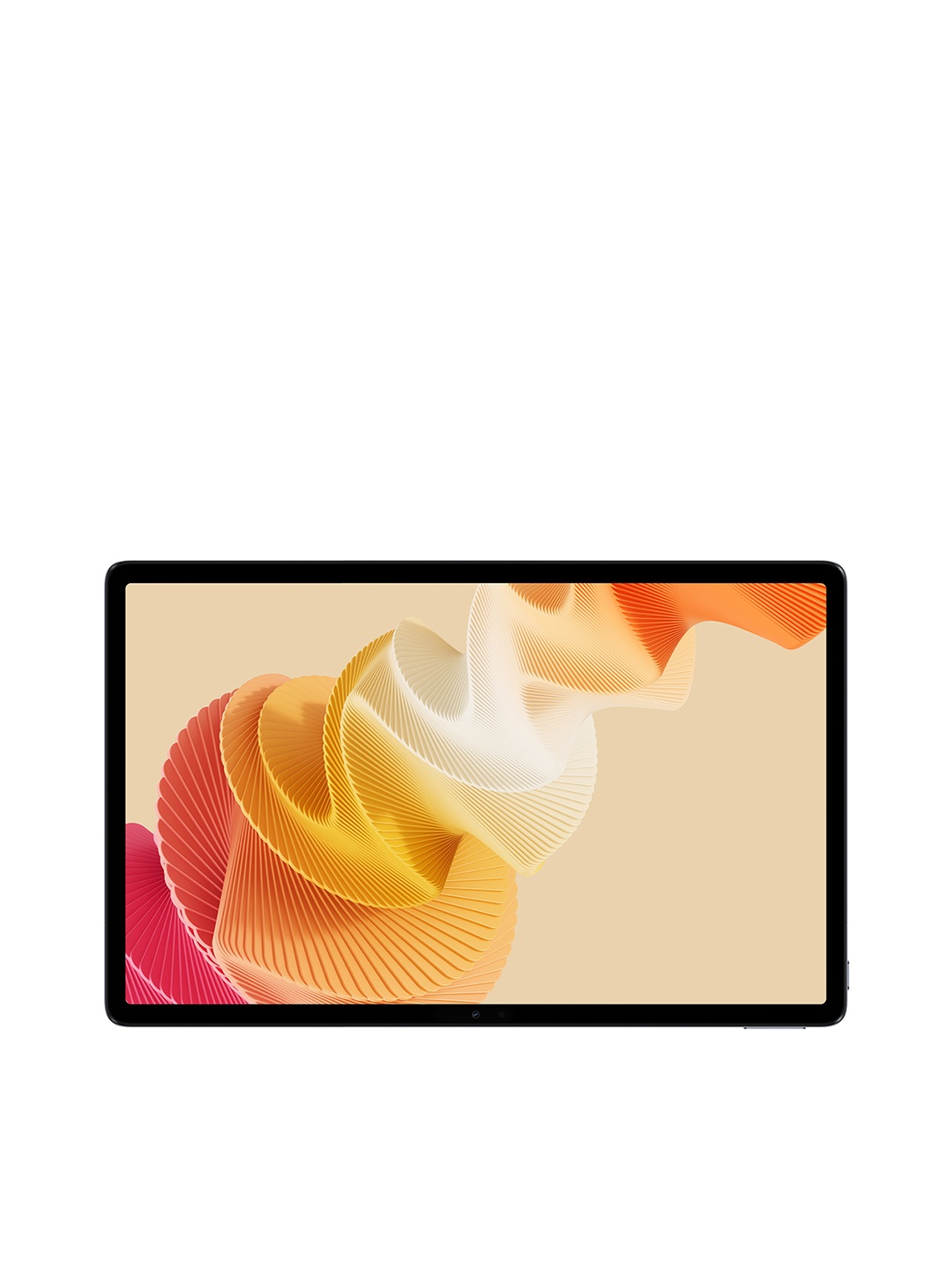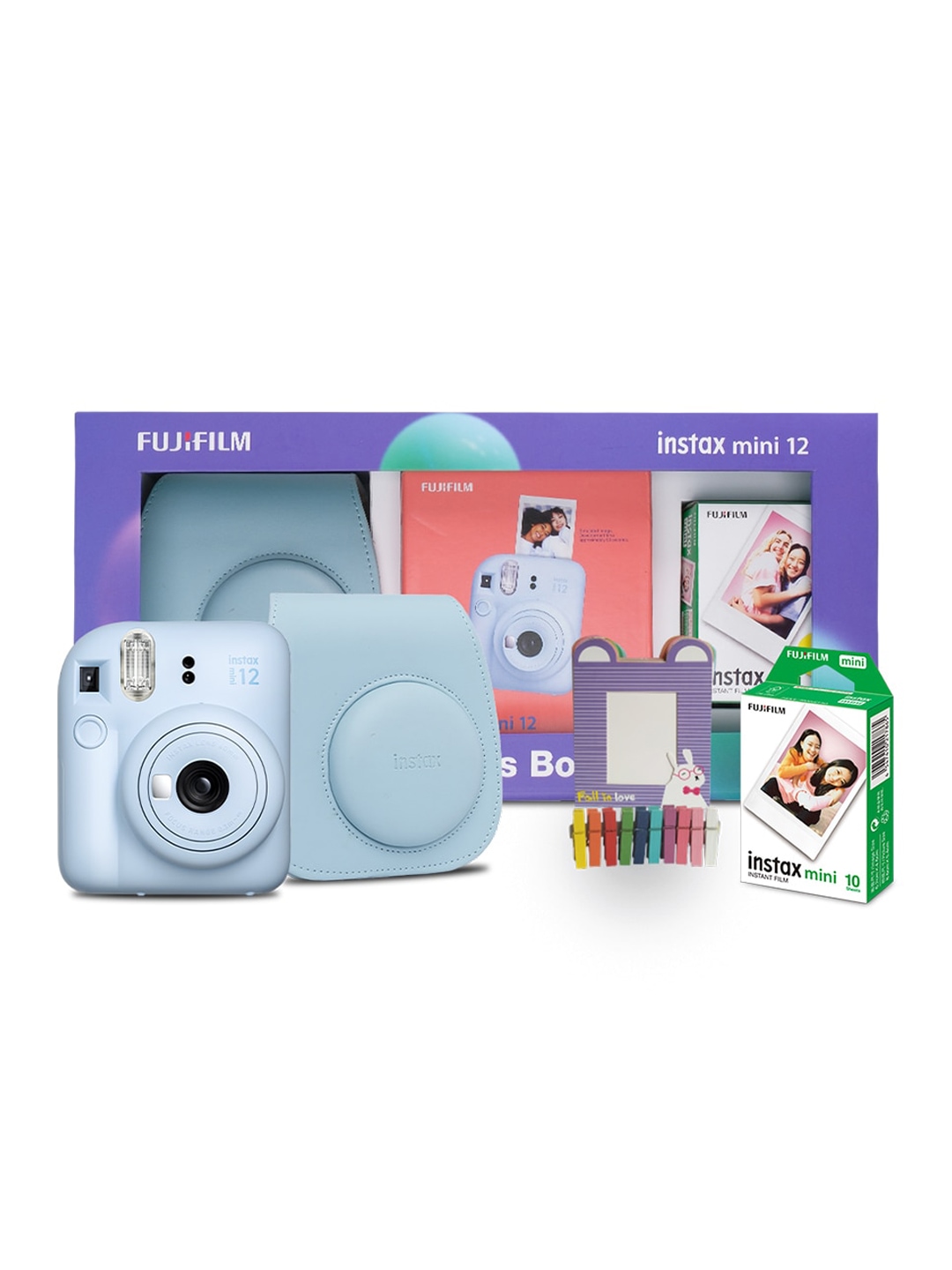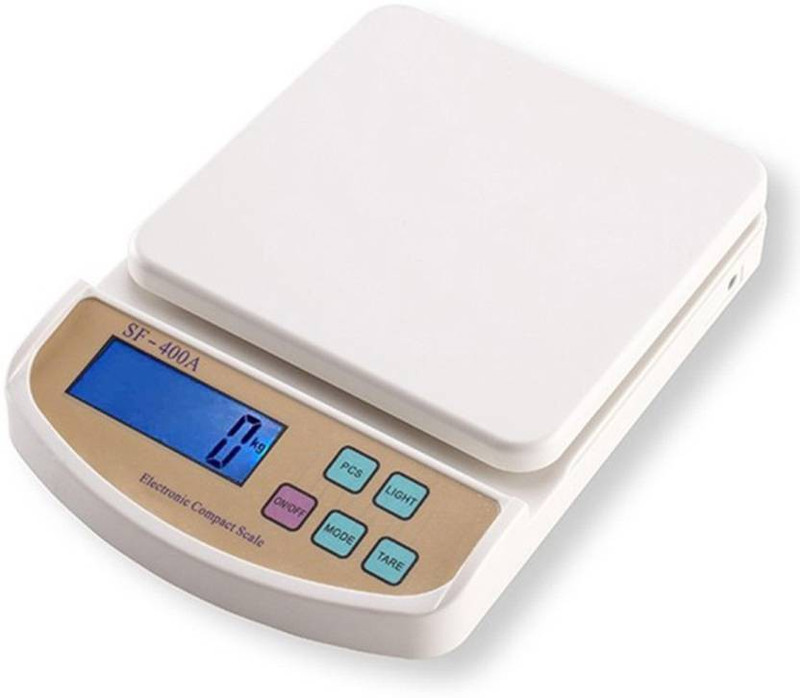Buying A Projector? These 8 Features Will Make Or Break Your Viewing Experience

Picture this: it's Friday evening, and you've set up your living room for a movie night that you've been eagerly anticipating all week. You've got the popcorn ready, the lights dimmed just right, and the projector is set up. But wait, the picture is fuzzy, the colours look off, and you can barely hear the dialogue. What went wrong? The culprit might lie in the projector's features.
Buying a projector isn't as simple as picking the cheapest option or the one with the biggest screen. You need to consider several key features to ensure a top-tier viewing experience. With the right projector, you can transform any room into a mini cinema. But get it wrong, and your dream of cinematic perfection could quickly turn into a blurry nightmare.
In this article, we'll walk you through eight essential features that will make or break your projector experience. Whether you're a film buff, gaming enthusiast, or someone who just loves the idea of projecting Netflix onto their bedroom wall, these tips will help guide your purchase decision. Let's dive into the details.
1. Image Quality: The Heart Of Your Experience
When it comes to projectors, image quality is paramount. After all, what's the point of having a massive screen if the picture looks pixelated or out of focus? So, how do you ensure the image you're getting is sharp and vibrant?
The two main factors influencing image quality are resolution and lumens. In terms of resolution, most modern projectors come with 1080p Full HD, but there's also a rising trend of 4K projectors for those looking to push the envelope. If you're a movie enthusiast or gaming on a big screen, opting for 4K will provide stunning clarity and depth.
However, resolution alone doesn't guarantee a great image. Lumens, the measurement of brightness, is just as crucial. If you plan to watch your projector during the day or in a bright room, go for a projector with a higher lumen rating (at least 2,000 lumens). Low lumens will leave you squinting to make out the action, especially in well-lit environments.
Don't settle for a blurry or washed-out image, make sure the projector you choose has a sharp resolution and enough brightness to meet your needs.
2. Throw Distance: How Big Can You Go?
Now that we've tackled image quality, let's talk about throw distance, essentially, how far you can place your projector from the wall or screen while still maintaining a good-sized, clear image.
A projector's throw distance determines the size of the image it can produce at different distances. Some projectors, particularly short-throw models, are ideal if you have a smaller room but still want to create a large image. These projectors can project a big picture even when placed just a few feet from the wall. If space is limited in your setup, a short-throw or ultra-short-throw projector might be your best bet.
On the other hand, if you've got a larger room, a long-throw projector will work better. These tend to be more traditional models and can create larger images from a greater distance. Just make sure you measure the available space before making your decision.
The throw distance can significantly impact the size and quality of your viewing experience, so it's a feature you should carefully consider.
3. Connectivity: Stay Plugged In, No Matter What
Picture this: you're all set up for movie night, and then you realise that your projector only has one HDMI port. Or worse, it doesn't support wireless connections, and you can't get your laptop to connect without a tangle of cords. It's an easy mistake to make, but you don't want to find yourself stuck with a projector that's incompatible with your devices.
When buying a projector, check the available inputs and outputs. HDMI is a must for most modern devices, but consider whether you need multiple HDMI ports or if a single one will suffice. For a wireless setup, look for projectors with built-in Wi-Fi or screen mirroring capabilities like Apple AirPlay or Miracast. These features allow you to connect wirelessly, cutting down on cables and making setup that much easier.
For those who want a flexible setup, also check whether the projector has support for Bluetooth connections. This allows you to connect external speakers, making the sound quality much better than the built-in speakers.
Having a variety of connectivity options will save you a lot of frustration and allow you to use your projector with a range of devices.
4. Sound: Don't Underestimate Audio Quality
Imagine watching your favourite action movie with stunning visuals, only to be disappointed by tinny, weak sound coming from the projector's built-in speakers. The sound quality can sometimes be overlooked, but it can significantly impact your overall experience.
Most projectors come with built-in speakers, but they often don't do justice to the cinematic experience. If you plan on using your projector for movie nights or gaming, investing in external speakers might be essential. Many projectors allow you to connect to sound systems via Bluetooth or audio-out ports. For an immersive experience, consider connecting to a surround sound system or a good set of external speakers.
If you're not keen on setting up external sound systems, look for a projector with decent built-in audio. Models with stereo speakers or even Dolby audio can provide much better sound quality without needing extra equipment. However, for true immersion, external speakers will always trump the built-ins.
5. Portability: Take Your Cinema Anywhere
Are you someone who wants to enjoy a movie night in the living room one day and take the projector outdoors the next? If so, portability should be high on your list of priorities. Many projectors are relatively small and lightweight, but some are better suited for travel than others.
When looking for a portable projector, keep an eye out for battery-powered options. These allow you to take your projector wherever you go, whether it's to a friend's house or outdoors for a movie under the stars. Many portable projectors offer surprisingly good picture and sound quality for their size.
Just remember that portability often means sacrifices in terms of features like brightness or image size. If you plan on using the projector for casual movie nights and don't need a huge screen, a portable option might be perfect for you.
So, if you're looking to share your love for film in a variety of settings, choose a projector that makes life on the go as easy as possible.
6. Lamp Life: The Longevity Factor
No one likes the idea of buying a projector, only to have the lamp burn out just after a few months of use. Unfortunately, many people overlook lamp life when making their purchase.
Projector lamps have a limited lifespan, typically measured in hours of use. The higher the lamp life, the less often you'll have to replace it, which can save you money in the long run. Some projectors offer up to 20,000 hours of lamp life, while others might only last 3,000 to 5,000 hours.
Think about how often you plan on using the projector. If it's just for the occasional movie night, a shorter lamp life might not be a big issue. But if you plan on using the projector regularly, investing in one with a long-lasting lamp will ensure you get the most out of your purchase.
Consider also whether the projector uses LED or laser light sources. These tend to have longer lifespans and are more energy-efficient than traditional lamps, so they might be worth considering for long-term use.
7. Ease of Setup: Time Is Precious
You've bought the projector, and now it's time to set it up. But here's the thing: projector setup doesn't have to be complicated or time-consuming.
Look for projectors that offer automatic keystone correction, which adjusts the image to ensure it's perfectly aligned, even if the projector isn't placed directly in front of the screen. Some projectors even offer auto-focus to sharpen the image with minimal effort. These features can save you a lot of time and frustration, especially if you're not particularly tech-savvy.
Additionally, consider a projector that offers intuitive software or a user-friendly interface. The last thing you want is to spend hours fiddling with settings or dealing with confusing menus. A well-designed projector will allow you to quickly adjust settings to suit your space and needs.
8. Price: Balancing Quality And Budget
Last but not least, let's talk about the elephant in the room, price. Projectors can range from budget-friendly to incredibly expensive, so how do you find the balance between quality and cost?
First, think about what you need most in a projector. If you're primarily watching movies in a dark room, you don't need the brightest model on the market. If you're gaming, however, a projector with quick response times and good colour accuracy might be worth the investment.
Remember, spending a little more can often get you better features, like a higher resolution, longer lamp life, or superior connectivity options. However, there are plenty of budget-friendly options that still offer a solid performance.
Just make sure you're choosing a projector that offers the best value for what you need, rather than simply going for the cheapest or most expensive option.
Products Related To This Article
1. TOPPRO HY300 1GB/8GB
2. ZEBRONICS Zeb-Pixaplay 63 (Zeb-MLP 7) (5000 lm) Portable 1080p
3. Egate i9 Pro-Max (12000 lm / 1 Speaker / Remote Controller)
4. pixpaq OG Pro (14500 lm) Portable Projector
5. Portronics Beem 440 Smart LED with 720p HD Resolution
6. Lifelong Minipix (3500 lm) Portable Android 720p HD Native with 4K
7. Portronics Beem 470, Built-in Apps, Android 11
8. ZEBRONICS Zeb - Pixaplay 25 (5500 lm) Portable 1080p
9. Lifelong TruePixel (6000 lm / 1 Speaker / Wireless / Remote Controller) Portable Android 1080p Native Full HD with 4K
10. WZATCO Neo Fully Automatic (12600 lm / 1 Speaker / Wireless) Full HD Native 1080P
Choosing the right projector isn't just about picking the biggest screen or the lowest price. It's about understanding what features matter most to you and ensuring the projector meets your needs. Whether it's image quality, connectivity, sound, or portability, the right combination of features will ensure a cinematic experience like no other. So, next time you're in the market for a projector, keep these eight essential features in mind. It could mean the difference between a night to remember and a tech disaster.
Disclaimer: The images used in this article are for illustration purpose only. They may not be an exact representation of the products, categories and brands listed in this article.















